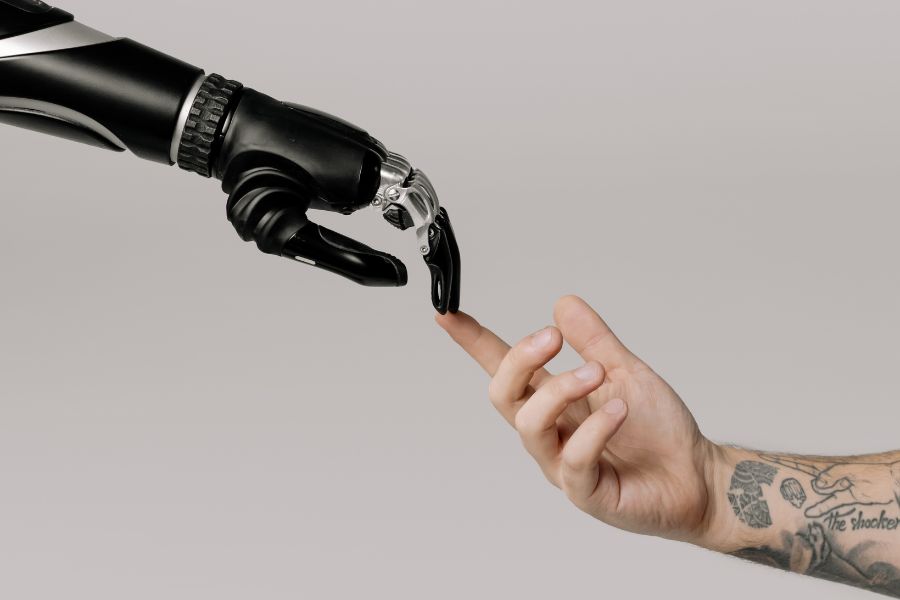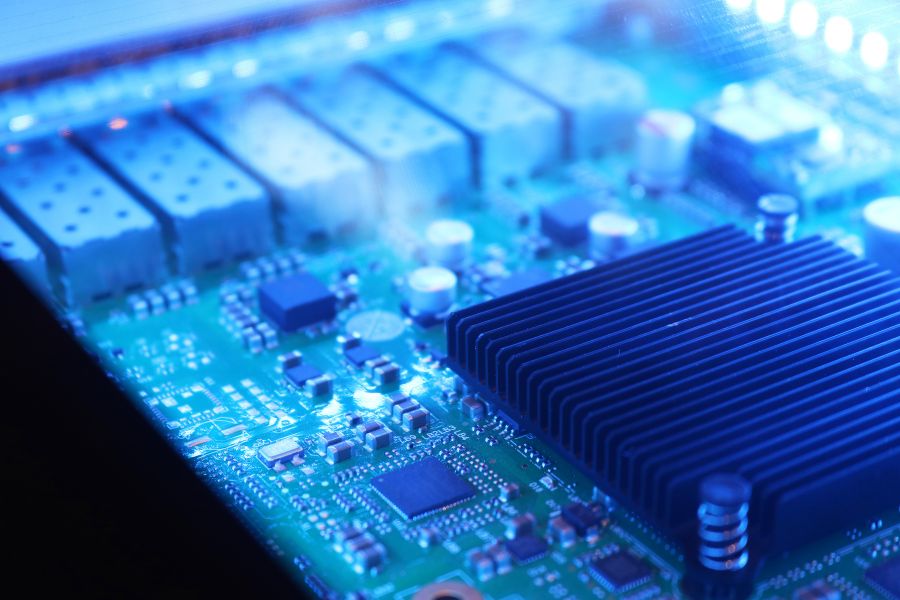Why Cybersecurity Workforce Solutions Drive Company Success
November 6, 2023, 5 min read
Current employment conditions in the field of cybersecurity are characterized by high demand, as well as a wide variety of roles and responsibilities. There were 3.5 million employment openings in the field of cybersecurity between the years 2013 and 2021, representing a growth of 350 percent. The demand for cybersecurity experts is still high despite the redundancies that the epidemic in the technology industry has caused. Because there is a shortage of professionals, every IT worker must also take responsibility for the industry’s security measures.
Cybersecurity Workforce Solutions Drive Company Success
There are growing concerns regarding the future of jobs in the cybersecurity business as artificial intelligence (AI) and machine learning (ML) continue to gain traction in the field. This assumption is not valid, and it is founded on multiple misconceptions; yet, many people are afraid that AI will replace human cybersecurity specialists. This belief is not entirely true.
The idea that artificial intelligence (AI) can think and learn in the same way that humans can is one of the most common misunderstandings regarding AI. However, the truth is that AI is still constrained by the data it is trained on. Artificial intelligence is capable of analyzing enormous amounts of data and recognizing patterns, but it does not possess the intuition, creativity, or decision-making abilities of humans. The human element is necessary for effective cybersecurity since threats and attacks can be intricate and nuanced. Cybersecurity experts can think creatively, apply their critical thinking abilities, and develop novel ideas that artificial intelligence cannot.
In addition, it’s possible that AI algorithms won’t be able to recognize new and developing dangers because they haven’t been observed before. In addition, it’s possible that AI won’t be able to understand the context of specific scenarios, which could result in false positives or negatives. Nevertheless, AI has proven helpful in threat detection, security operations, and network security.
Even though artificial intelligence offers significant advantages in cybersecurity, it is not yet capable of completely replacing human cybersecurity professionals. Cybersecurity needs not just the detection of threats and the response to crises, but it also requires critical thinking, creative problem-solving, and the ability to make ethical decisions. While artificial intelligence can automate many jobs, it cannot replace the intuition and situational awareness that human professionals bring to decision-making.
Artificial intelligence cannot replace all employment in the cybersecurity industry for several reasons, including the fact that technology is not yet flawless. Hackers can design complex attacks that can circumvent the algorithms used by AI and take advantage of weaknesses that AI cannot discover. Cybersecurity experts must collaborate with AI developers to build an effective defense system. Cybersecurity involves not only the detection of potential dangers but also the development of countermeasures and the implementation of preventative measures. The ability of humans to quickly adapt to new dangers and use their knowledge and experience to thwart future assaults is one of their defining characteristics.
For the landscape of cybersecurity to become more effective and efficient, it is essential to have collaboration between AI and human workers. AI can enhance human capabilities, enabling cybersecurity experts to devote their attention to more complex jobs and resulting in improved threat identification and response. On the other hand, human specialists can oversee and guide AI to guarantee that cybersecurity practices are both ethical and successful.
The Importance of Artificial Intelligence in the Field of Cybersecurity
It is not a novel idea that machine learning may play a part in cybersecurity. Nevertheless, the area is making significant progress in how it can be applied, thanks to technological developments and the availability of enormous datasets to analyze. Anomaly detection, which searches for patterns that are out of the norm, is one of the areas that is receiving the most interest at the moment. It might be anything from unexpected network activity to unusual users signing in from unusual locations. But the most likely explanation is the former. It is also possible to employ predictive analytics to determine what will take place in the future.
Anomaly detection and risk assessment are two further applications of this technology. The behavior of users is evaluated as part of the risk assessment process to establish whether or not they pose a threat to the network. The process of looking for anomalous behavior on a network and marking it so that it can be investigated further is known as “anomaly detection.” It is also possible to utilize machine learning as a method for making predictions about future events, such as the time at which a security breach will occur or the time at which certain behaviors are most likely to result in an attack.
There is no limit to what can be accomplished by these organizations as more of them employ these analytics technologies. Machine learning can assist organizations not only in detecting dangers but also in mitigating those threats before they affect the organization’s operations. It is unarguable that the field of cybersecurity will one day be dominated by either artificial intelligence or machine learning.
Cybersecurity and Remote Working
Working remotely presents the most prominent and “normal” cybersecurity risk. Because the hybrid office model is here to stay, remote work—along with the associated cybersecurity risks—will continue to be prominent.
After firms encouraged remote work owing to pandemic concerns, malicious actors hunt for systems that connect to the internet and are either weak or misconfigured. This task became much easier after companies supported remote work.
“The biggest cybersecurity trend this year is the shift towards working from home,” says Ernie Sherman, a Field Effect partner and the President of Fuelled Networks, a managed IT and security services provider that helps companies plan, manage, and align these services with their customers’ business strategies.
The difficulty that is brought about by this is that we can no longer assume that corporate resources are protected by perimeter security. Instead, we need to adopt a zero-trust model and assume that corporate resources and unsecured devices are sharing the same environment and need to be secured appropriately.
In addition, cybercriminals have been taking advantage of remote workers who are preoccupied or distracted, and they may continue to do so.
The Next Steps in Cybersecurity and the Identification of Threats
When we look into the future, we notice a few recurring themes around the development of cybersecurity.
To start, there needs to be a much stronger emphasis placed on both prevention and preparedness. It is vital to plan for a response during a data breach or a security incident. Playbooks for responding to incidents and preparing for them may become more widespread. Training employees at every level will reduce the likelihood of making mistakes caused by humans.
Conclusion
To summarise, artificial intelligence will make threat detection and response in cybersecurity much better, but it will never be able to replace human cybersecurity specialists fully. For the digital world to be safe and reliable, it will be essential to use both AI and human skills in conjunction with one another. Human professionals bring critical thinking, creativity, and intuition to the table, and they are also able to comprehend the context of a scenario, evaluate the effectiveness of cybersecurity measures, and make decisions based on ethical and legal issues.




























